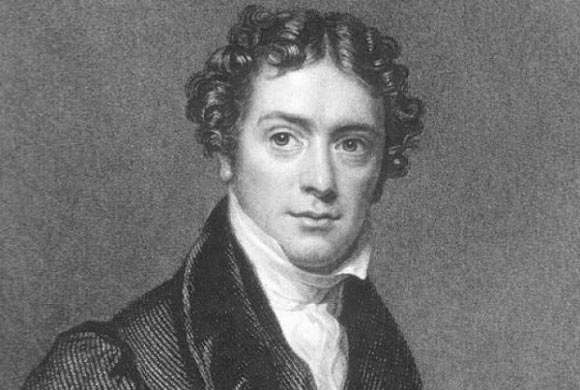Michael Faraday invented “Electric Motor”, “Toy Balloon”, “Electrolysis”, “Homopolar Generator” and “Faraday Cage”
Michael Faraday was an English scientist, mainly remembered for his contributions to the fields of physics and chemistry. Born in 1791 to a poor family, Faraday did not receive much formal education. He learned basic reading, writing, and mathematics and left school at an early age to support his family. His father was often in poor health and could not take on too much work. As a result, young Faraday was apprenticed to a bookbinder at the age of 14. Here he remained for the next seven years and educated himself by reading whatever books he fancied in his spare time.
In 1812, he attended a series of lectures by the scientist Humphry Davy, given at the Royal Institution. Davy was to become the biggest influence in Faraday’s life. Faraday was impressed with Davy’s knowledge and wrote to him to apply for the position of his assistant, which Davy originally refused but accepted a year later. In 1814, Faraday took a tour of Europe with Davy and his wife as a valet cum assistant. Davy took Faraday to France, Switzerland, Italy, and Belgium where they interacted with many influential scientists of the time. The tour lasted for 18 months and they returned to England in 1815.
Faraday continued to help Davy with his experiments, assimilating as much information as he could in the process. He began to deliver lectures related to chemistry at the Philosophical Society and published his first scientific paper in 1816. So far his research and studies had been in the fields of chemistry, yet he was deeply interested in the field of electricity. By 1820, the relationship between electricity and chemistry had come to light. This avenue was eagerly explored by Faraday. In 1821, he married Sarah Barnard, whom he had met at his church.
Between 1821 and 1831, Faraday made important headway with his research in chemistry. His most marked accomplishments during this period were liquefying chlorine in 1823 and isolating benzene in 1825. He was elected as a member of the Royal Society of London in 1824, despite opposition from his own mentor, Davy who was the President of the Royal Society at the time. In 1826 he founded the “Royal Institution’s Friday Evening Discourses” and a series of “Christmas Lectures” for children, both of which are still continued to date.
The most important discovery of his career came in 1831, when he discovered the relationship between electricity and chemistry, which came to be known as electromagnetic induction. Faraday discovered that a magnet could be used to induce an electric current. He published a paper on this in 1831 which he presented before the Royal Society. His theory was applauded by the scientific community and Faraday began to receive widespread recognition for his contributions to science. In 1832, he received an honorary degree from the University of Oxford and in 1833 he was appointed as the Fullerian Professor of Chemistry at the Royal Institution. The Royal Society honored him with distinguished awards and medals. In 1836, Faraday was made a Member of the Senate of the University of London. He also made important contributions to the field of electrostatics.
In 1839, he suffered a nervous breakdown which led to his retirement from scientific life until 1845, when his health had recovered. His health remained precarious, however, and although he continued to lecture at the Royal Society, he declined an offer of Presidency from them in 1857. He also declined a knighthood and an offer of burial at Westminster Abbey. Michael Faraday died in 1867 at the age of 75. His contributions to science are still relevant today and even more remarkable considering that he had no training, education or scientific background.
